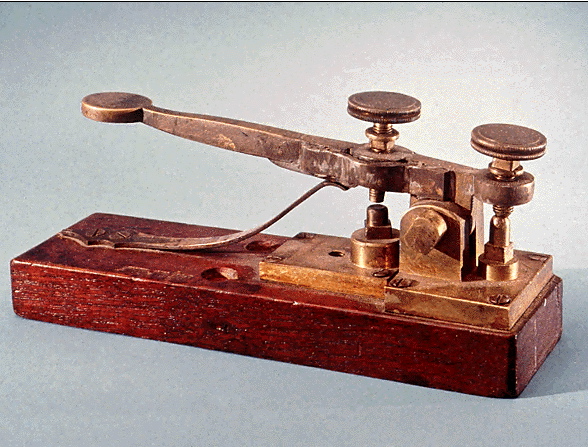Chroma Chamber Orchestra serves up Stravinsky and a telegraphic premiere

Some day a concert season may come and go without multiple versions of Stravinsky’s L’Histoire du Soldat, but I don’t expect that to happen anytime soon. Three weeks ago, the Rembrandt Chamber Players presented both L’Histoire and Wynton Marsalis’ jazzy response to it, A Fiddler’s Tale. In February the Chicago Symphony Orchestra presented L’Histoire with actor John Lithgow as narrator.
Stravinsky wrote his quirky little theater piece about a soldier, his fiddle and the devil quickly in 1918 while short of cash and stranded in Switzerland due to World War I and the Russian Revolution. With its catchy melodies and jaunty rhythms, the composer’s look at a Faustian bargain has become one of his most popular works.
On Sunday night Chroma Chamber Orchestra became the latest local ensemble to tackle Stravinsky’s pungent concoction of music, dance and spoken text. David Crane led an ensemble of seven crack musicians (including five from the Chicago Symphony), four engaging dancers from Venetia Stifler’s Concert Dance Inc. and narrator Peter Van De Graaff in a performance at the Music Institute of Chicago’s Nichols Hall in Evanston.
Chroma’s performance bounced along with robust energy, thanks to colorful, zesty playing from violinist Blair Dodge, bassist Michael Hovnanian, clarinetist J. Lawrie Bloom, bassoonist Lewis Kirk, trumpeter Tage Larsen, trombonist Peter Ellefson and percussionist Cynthia Yeh. But the production didn’t entirely solve some of the problems inherent in the piece.
L’Histoire isn’t easy to stage. Its dozen or so separate musical numbers are lively and evocative, and many ensembles simply perform the music without narrator or dancers. But the piece can seem choppy as dancers and narrator come and go, sometimes abruptly, while the story unfolds. Van De Graaff was a brilliant narrator, his voice shifting easily between the devil’s crooning seduction and the soldier’s youthful innocence. However, though he used a microphone and his diction was clear, his words were sometimes lost in the hall’s resonant acoustics or drowned out by the ensemble’s fortissimos.
The concert opened with a world premiere by David Crane, Ode to the Telegraph, inspired by a poem he commissioned from poet Richard Jones. Prefaced by Jones reading his poem, the work is about ten minutes long and offers a subtly intricate study of rhythm and urgency.
Jones’ poem evokes a wide array of images, from invisible, blindingly fast streams of electrical impulses to the mundane reality of “countless telegraph poles’’ and “wishes for safe travel.” Crane largely avoided literal image-painting in his score, with very few moments of flagrantly discernible dots and dashes.
But the tattoos from Yeh’s drums, mostly gentle yet always clear, conveyed a sense of motion. Periodically, the seven musicians broke into cascades of solo melodies. Now frantic, now serene, they piled up and overlapped like a never-ending gush of messages from countless sources, in countless languages. We imagined all the news of the world, whether momentous or trivial, washing over us. In the closing moments, Yeh’s drumming grew ever more faint, offering a final salute to the once indispensable machine whose reach had spanned the globe.
Posted in Performances




